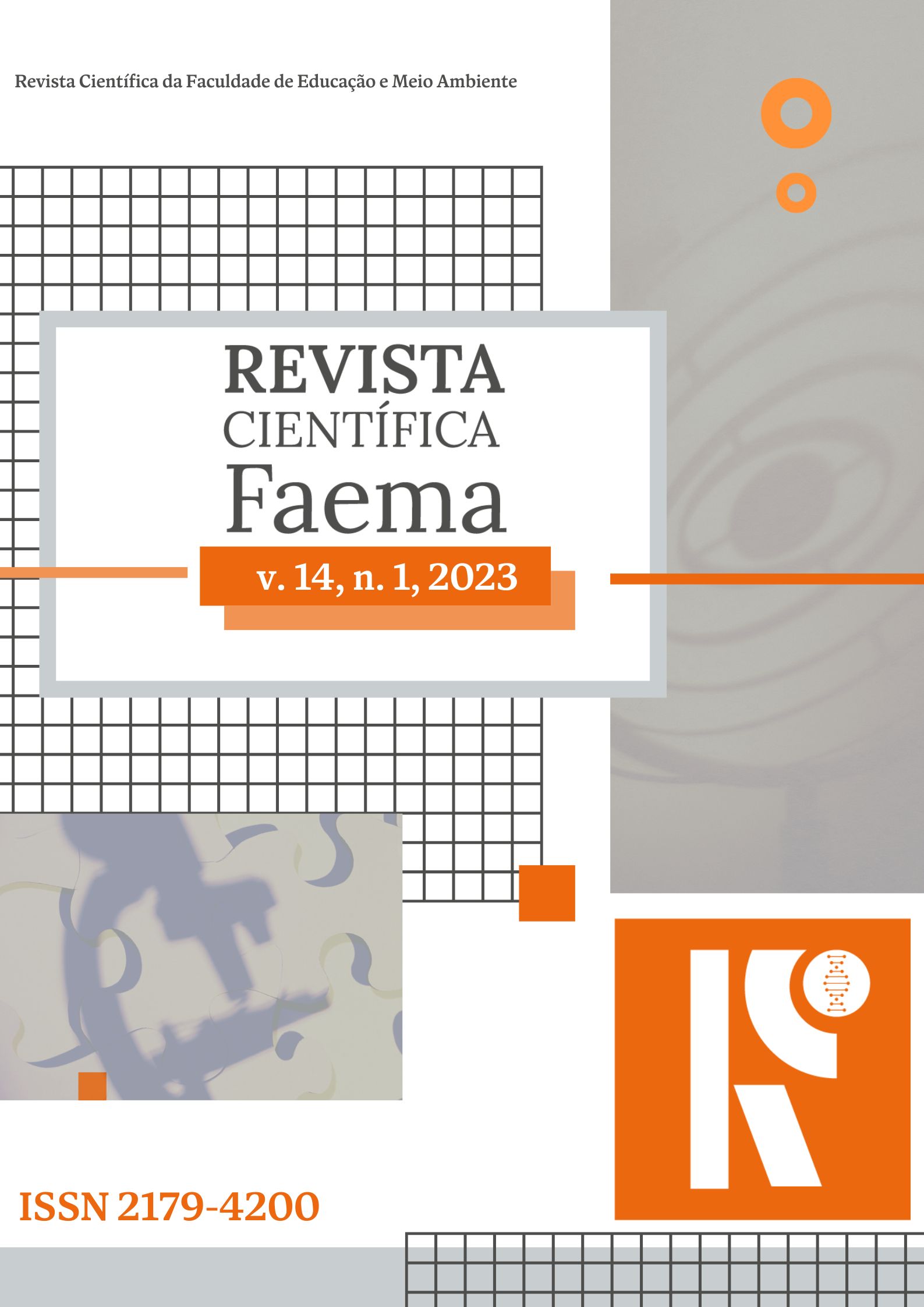THE (MIS)PATHS OF INTERPROFESSIONALITY IN A FEDERAL UNIVERSITY OF THE NORTH: TEACHING AND STUDENT DISCOURSES AND PRACTICES
Main Article Content
Abstract
Educational institutions are responsible for teaching and training students to ensure their ability to adapt to challenges and meet increasingly complex health needs. To analyze the perceptions attributed by students and professors about interprofessionality, as well as challenges and potential for the implementation of Interprofessional Education in undergraduate health courses at a public university in the North Region.This is an exploratory, descriptive research with a qualitative approach, with professors and students from four courses in the university's health area. Data collection took place through a semi-structured interview script. Content analysis was performed using the MaxQda Analythics Pro-2022 Software. 25 individuals were interviewed, among professors and students of the university's health courses. From the application of Bardin's content analysis, two categories and their subcategories emerged: 1) Barriers to Interprofessional Education at the University; and 2) Power of Interprofessional Education in training and interventions in health. It was noticed that extracurricular activities, such as PET-Saúde, made a difference in the formative processes of academics and in the way of teaching of professors. Most students and professors of courses in the health area are unaware of and are resistant to interprofessional education. There is a need for spaces for discussion about the use of interprofessional education in graduation and for Academic Managers to “bet” on the internal induction of this policy to impact changes in health education.


